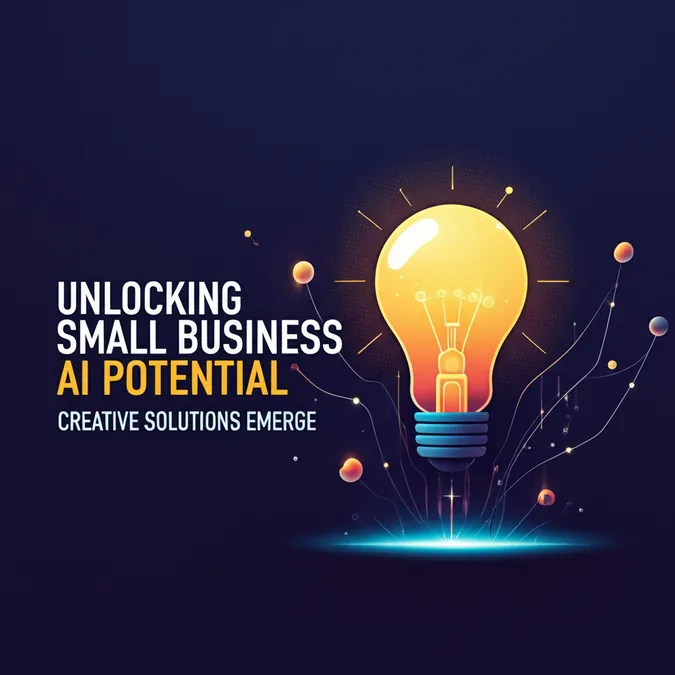Developer Offer
Try ImaginePro API with 50 Free Credits
Build and ship AI-powered visuals with Midjourney, Flux, and more — free credits refresh every month.
Vintage Atari AI Triumphs Over Modern LLM
In a surprising turn of events, a vintage Atari 2600 chess engine dating back to 1977 successfully outperformed the highly advanced AI, ChatGPT, in a chess match. This unusual pairing has ignited discussions about the capabilities and inherent limitations of contemporary AI technologies. Even with ChatGPT's renown as a sophisticated language model, it could not compete with the strategic skill of the Atari's straightforward yet efficient chess engine. This unexpected result brings up interesting questions concerning the fundamental nature of artificial intelligence and its application across different fields, including gaming.
The Unlikely Challenger: Atari 2600’s Chess Engine
The Atari 2600, launched amidst the Disco Fever era, was a revolutionary gaming console for its period. Its chess engine, while basic by current standards, was an engineering marvel. In 1977, developing a chess-playing program was a major achievement, particularly given the scarce computational resources. The Atari chess engine was programmed to anticipate only one move ahead, yet it commendably played a valid and logical game, a significant feat for that time.
What makes the Atari 2600’s performance even more impressive is its simplicity. Unlike contemporary chess engines capable of analyzing millions of positions per second, the Atari operated on fundamental algorithms and rules. Despite these constraints, it consistently applied its strategy during the game, taking advantage of ChatGPT's mistakes. This win underscores the lasting importance of targeted, specialized algorithms for particular tasks, even when compared against sophisticated AI systems.
ChatGPT’s Struggle: A Lesson in AI Limitations
ChatGPT, created by OpenAI, is celebrated for its abilities in natural language processing. However, ChatGPT encounters substantial difficulties when playing chess. Different from specialized chess engines, ChatGPT is a Large Language Model (LLM) engineered to predict the subsequent word in a sequence using its training data. Such a design is ill-suited for the intricate, rule-governed structure of chess.
During its game against the Atari, ChatGPT committed multiple errors, including misidentifying pieces and not keeping an accurate representation of the board. These mistakes arise from its incapacity for the logical deduction essential in chess. Although ChatGPT is proficient at creating text that resembles human writing, it does not possess the accuracy and strategic planning needed for competitive chess. This event highlights the necessity of recognizing the distinct abilities and constraints of AI models, which are typically designed for specific tasks rather than for universal use.
The Evolution of AI: From Simple Algorithms to Complex Systems
Artificial intelligence has advanced significantly since its conceptual beginnings in the 1940s. Throughout the decades, AI systems have transformed from basic expert systems into sophisticated neural networks and machine learning models. Nevertheless, the term AI covers a wide array of technologies, each possessing unique functions. Chess engines, for example, are highly specialized algorithms created to assess and carry out chess moves effectively.
Conversely, LLMs such as ChatGPT are developed to manage language and understand context, utilizing extensive datasets to produce responses. These models are not fundamentally built for activities that demand exact logical reasoning or adherence to rules, like chess. This variety in AI technologies emphasizes the importance of precision when talking about AI abilities. Not all AI systems are the same, and their performance differs according to their architecture and intended use.
Implications for the Future: AI’s Role in Diverse Domains
The result of the chess game between ChatGPT and the Atari 2600 acts as a reminder of the present condition of AI technology. Although AI has achieved remarkable progress, it is not a universally applicable solution. Each AI model performs well in certain domains but may not succeed in others. As AI becomes more integrated into different industries, comprehending these subtleties is vital for its successful use.
This match also encourages a reevaluation of our expectations for AI. While LLMs like ChatGPT are extremely useful for language processing and conversation, they are not designed for tasks that need profound logical thought or strict adherence to rules. Acknowledging these constraints can inform the creation of more dependable and adaptable AI systems moving forward.
The unexpected win of an old Atari 2600 against ChatGPT in chess makes us question our views on AI and its abilities. As AI progresses, its shortcomings remind us that specialized designs are important for specific jobs. When considering AI's potential in different areas, we need to consider how to best use AI's advantages while recognizing and dealing with its disadvantages.
Compare Plans & Pricing
Find the plan that matches your workload and unlock full access to ImaginePro.
| Plan | Price | Highlights |
|---|---|---|
| Standard | $8 / month |
|
| Premium | $20 / month |
|
Need custom terms? Talk to us to tailor credits, rate limits, or deployment options.
View All Pricing Details

